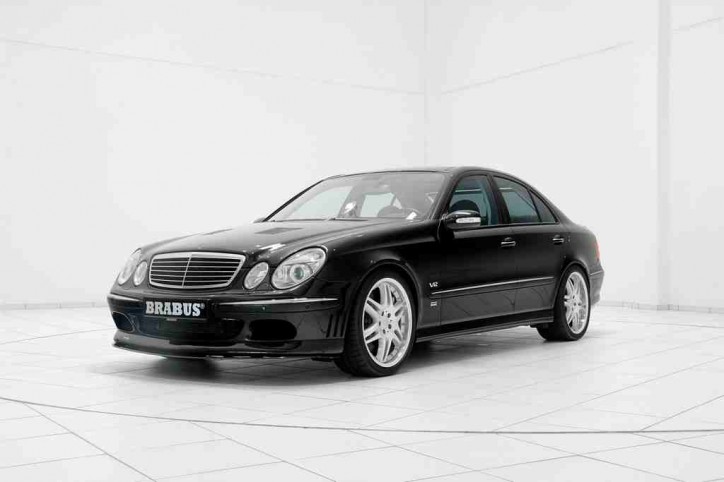Three Common Mercedes Faults You Can Fix Yourself
Muamer Hodzic July 21, 2014
Auto repairs can be expensive, especially on luxury brands like the Mercedes. When you take your car to a mechanic you’re not only paying for the parts but you’re also paying for the labour and any expenses the mechanic charges in order to make a profit for their business. In order to save money and get back on the road, try looking into some do-it-yourself fixes for common Mercedes problems.
Common Mercedes problems that are reported by drivers are:
- Rear suspension rattling
- Electrical system malfunctions
- Rattling in the engine
- Engine cooling problems
- Ignition switch failures
While some of these can be fixed at home with purchased parts, if you’re concerned that the problem is greater be sure to go to a certified mechanic for help. To purchase parts like a master brake cylinder, fuses, and replacement belts to repair your Mercedes try shops like sparepartstore24.co.uk – brakes
Electrical Problems
Mercedes vehicles tend to have problems with the electrical system. While this sometimes has to do with the battery often times with Mercedes has wiring issues that affect things like the radio or air conditioning. Some of these electrical problems simply have to do with the fuses. Corrosion can cause the fuse connections to fail which in turn can cause electrical problems. This can be righted easily at home without paying an auto shop.
The original fuses are made of material that can corrode over time. If you replace the original fuses with brass copper alloy fuses you’ll stop possible corrosion. This is because the brass copper alloy doesn’t corrode. This will not only fix your current electrical problem but will also prevent future fuse-based problems.
Rattling Engine
A number of Mercedes drivers report a rattling sound in their engine when they start their car. This happens more often in cold-weather locations. The cause of this common problem is usually the car’s belt tensioner. This part is what keeps the belt tense as it runs all of the engine accessories. When the tension slacks on the belt it can cause a squealing or rattling noise. Replacing a belt tensioner yourself is an easy job and great for first-timers who have little to no do-it-yourself experience.
To start you’ll want to let the car cool if it was recently running. Then use an E10 reverse Torx socket and driver to loosen the nut by turning it counter-clockwise. This will allow you to slip the belt off the tensioner. You’ll now have to lock the tensioner in the open position by turning the tensioner wheel counter-clockwise and inserting a 5mm Allen key or a retaining pin between the tensioner base and the rotating mechanism. This will give you access to the two E12 bolts that hold the tensioner. By removing these bolts you can now install your new tensioner. The installation is the reverse of the removal.
Engine Cooling Problems
A malfunctioning water pump pulley can be the cause of your engine cooling problems. These are common in Mercedes cars. The water pump pushes coolant through all of the necessary parts on the engine. If it fails to pump the coolant your engine can overheat. You’ll notice that you’re water pump is failing if you see that the car overheats at low speeds (like idling at a traffic light). While this is possible to fix yourself, it is a time consuming job.
You’ll have to start by removing some components from the car in order to replace the water pump. The engine cover, the air filter ducts, and the fan will have to come out; you’ll also have to drain the coolant. Once all of that is done you can begin work.
Begin by removing the Poly-V belt, this allows you to remove the coolant pump and the idle pulley. Use an E10 reverse Torx socket to remove the belt from the tensioner and lock the tensioner into the open position using a retaining key of a 5mm Allen key. You can now remove the idle pulley and coolant pump. Use a screwdriver to pry the cover plate off, and then use a T-50 Torx to remove the pulley bolt. Remove the hose that connects to the auxiliary coolant pump from its clip. Remove both hoses connected to the lower part of the coolant pump using a screwdriver.
Next, remove all of the bolts that connect the pump to the engine. Remove the pump and install the new water pump in the reverse fashion of the removal.





Comments are closed.